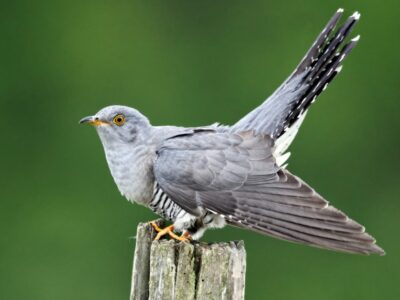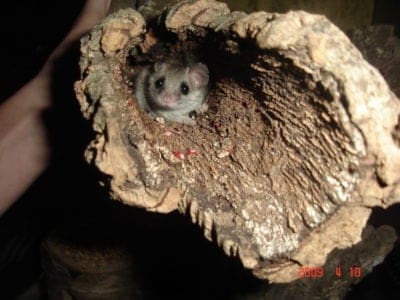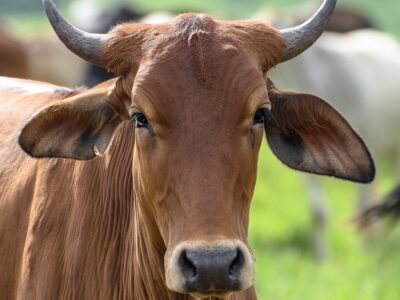Below you can find a complete list of Sri Lankan animals. We currently track 233 animals in Sri Lanka and are adding more every day!
Sir Lanka is a world of flora, fauna, and natural habitats. Sri Lankan animals of all species are privy to natural preserves and parks. A Buddhist country, this region is home to animals that are nowhere else on the globe.
The Official National Animal of Sri Lanka
The Panthera Leo, or the Asiatic lion, is Sri Lanka’s national animal. The lion’s also known as the Persian or Indian lion. Unfortunately, you’ll find the animal considered dangerously extinct animals in Sri Lanka as they’re on IUCN’s Red List.
Where To Find The Top Wildlife in Sri Lanka
The country has one of the most famous spots for the gathering of wild elephants. The biggest gatherings take place in Minneriya National Park. On a wildlife tour, you’ll probably spot a leopard. As for birds, you can find the gorgeous peacock. You’ll find some peacocks in hotel gardens.
The Most Dangerous Animals Here Today
Avoid the cobra by staying away from rodents, where you’re most likely to find a cobra looking for a meal. The Red Scorpion‘s called the world’s most dangerous arachnid. These deadly animals like being near humankind, settling in humid and subtropical habitats.
Endangered Animals
Potentially extinct animals here include not only the national animal. According to IUCN, here five more Sri Lankan animals listed as endangered.
- Purple-faced leaf lunger
- Nellu rat
- Black-necked stork
- Painted francolin
- Jungle bush quail
Sri Lankan Animals
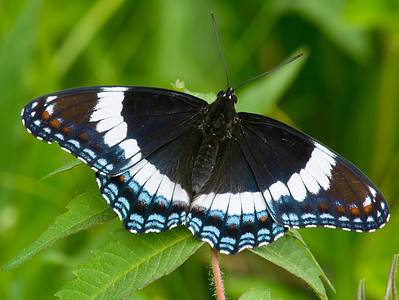
Admiral Butterfly
Stunningly beautiful wings
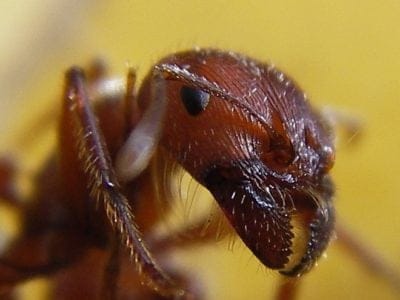
Ant
First evolved 100 million years ago!
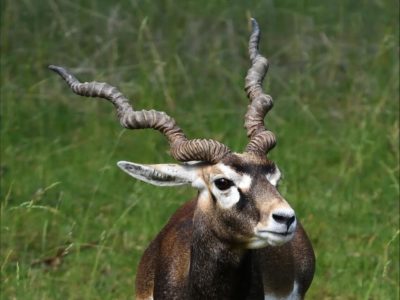
Antelope
Renew their horns every year!
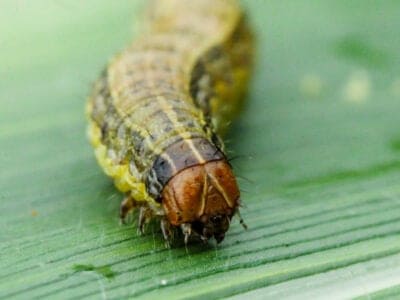
Armyworm
They are so named because they "march" in armies of worms from one crop to another in search of food
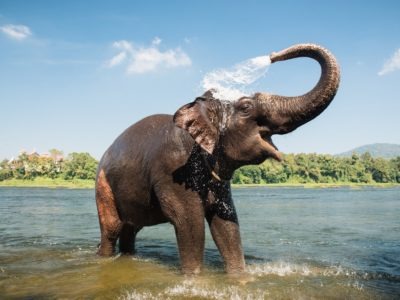
Asian Elephant
Domesticated for hundreds of years!
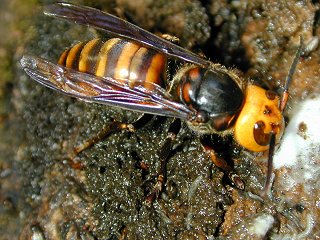
Asian Giant Hornet
The largest wasp in the world!
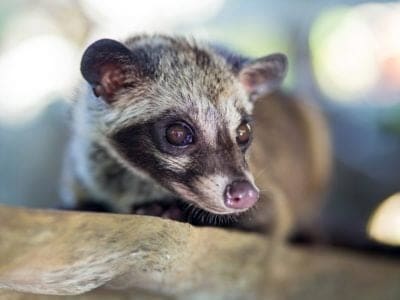
Asian Palm Civet
It mainly eats mangos and coffee!
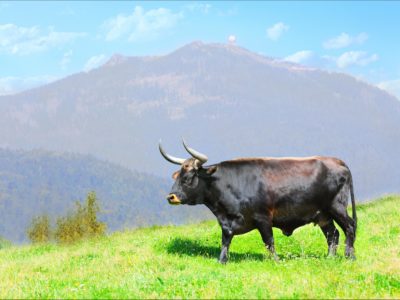
Aurochs
Extinct ancestor of all domesticated cattle!
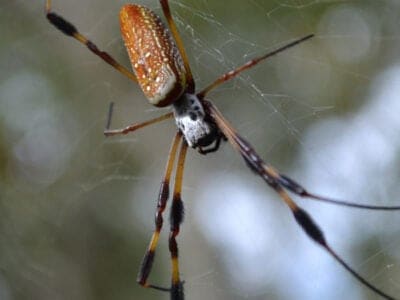
Banana Spider
People spin clothing and fishing nets out of these spiders’ silk.
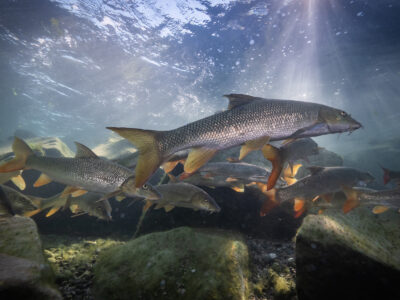
Barb
There are over 1768 known species!
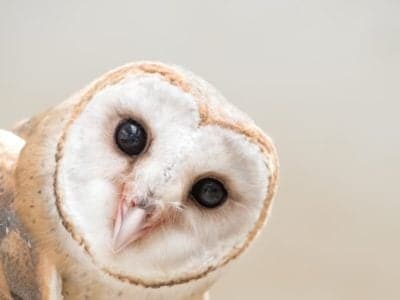
Barn Owl
Found everywhere around the world!
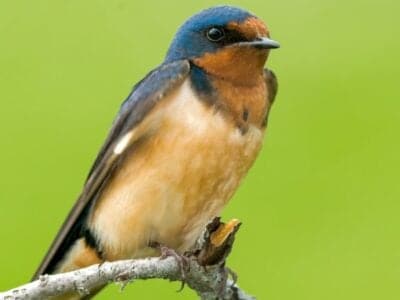
Barn Swallow
Older offspring help care for new hatchlings.
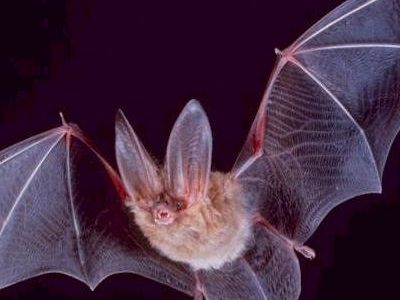
Bat
Detects prey using echolocation!
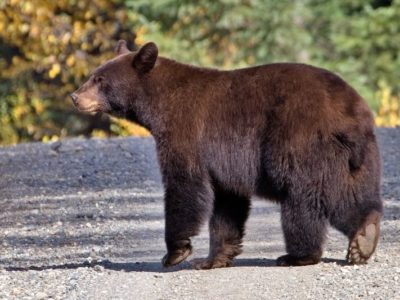
Bear
There are 8 different species!
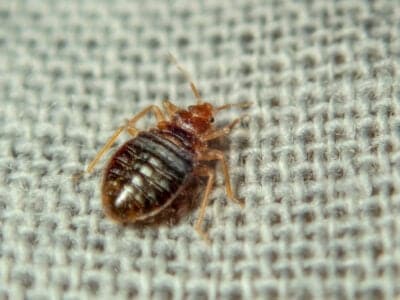
Bed Bugs
Bed bugs feed for 4-12 minutes.
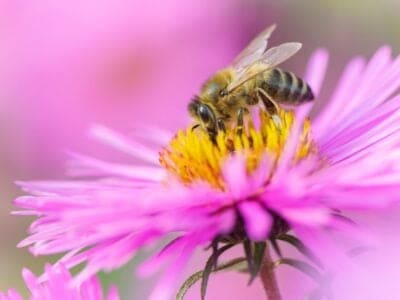
Bee
Rock paintings of bees date back 15,000 years
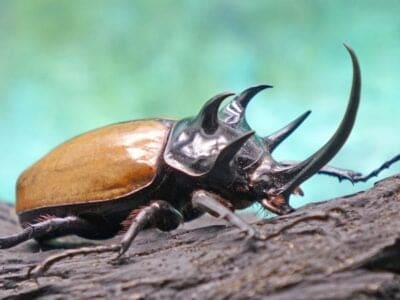
Beetle
There are more than 350,000 different species

Bird
Not all birds are able to fly!
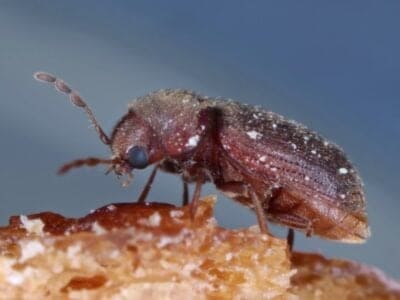
Biscuit Beetle
The biscuit beetle form a symbiotic relationship with yeast
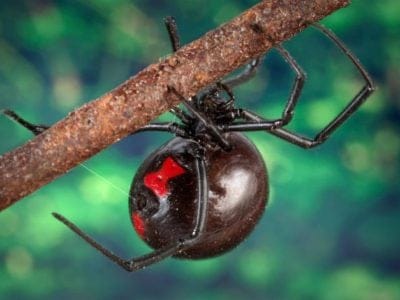
Black Widow Spider
They typically prey on insects!
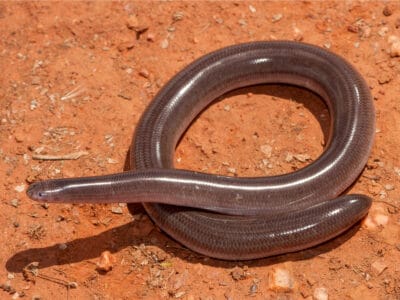
Blind Snake
The blind snake is often mistaken for a worm.
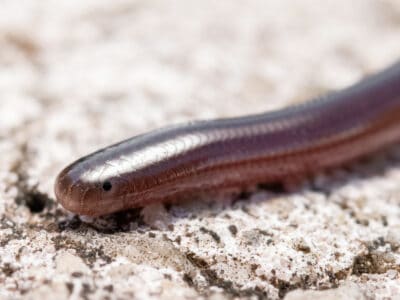
Brahminy Blindsnake
These snakes have been introduced to all continents, except Antarctica!
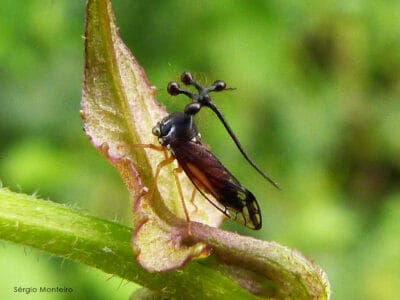
Brazilian Treehopper
“Mild-Mannered Minimonsters”
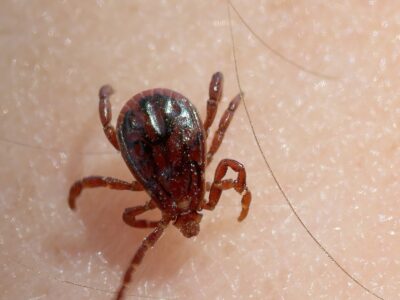
Brown Dog Tick
Can live its entire life indoors
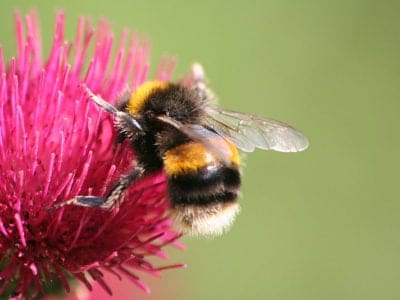
Bumblebee
The most common species of bee!
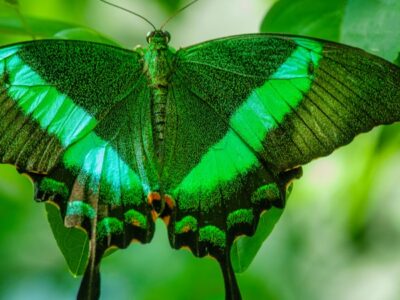
Butterfly
There are thought to be up 17,500 species!
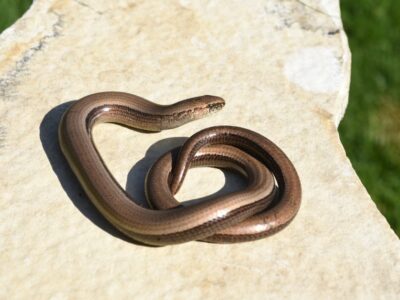
Caecilian
Some species' babies use their hooked or scraper-like teeth to peel off and eat their mother's skin
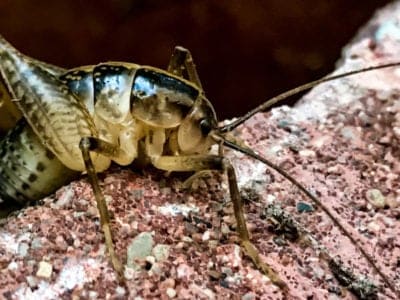
Camel Cricket
The camel crickets that are found in the USA are light brown in color. They also have dark streaks all over their body.
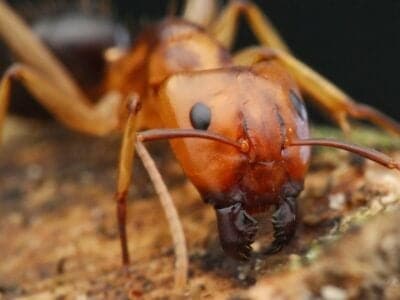
Carpenter Ant
Carpenter ants can lift up to seven times their own weight with their teeth!
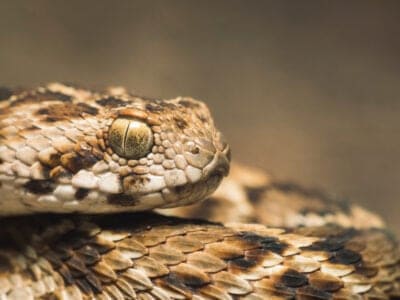
Carpet Viper
The Carpet Viper probably bites and kills more people than any other species of snake.

Cat
May have been domesticated up to 10,000 years ago.
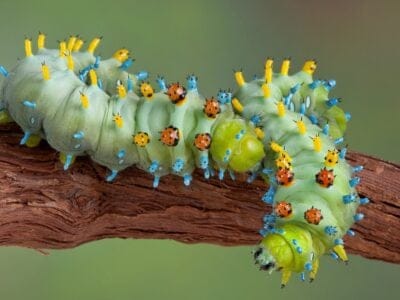
Caterpillar
The larvae of a moth or butterfly!
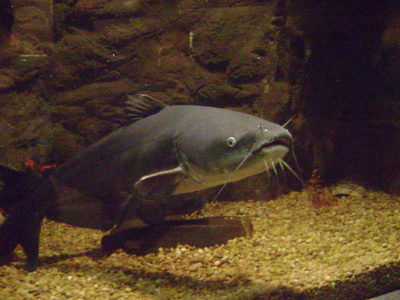
Catfish
There are nearly 3,000 different species!
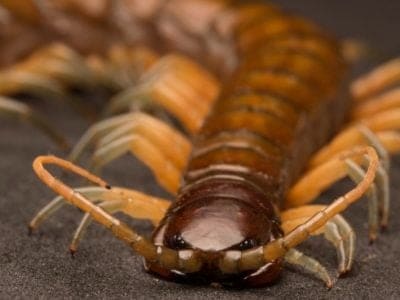
Centipede
There are about 3,000 documented species!
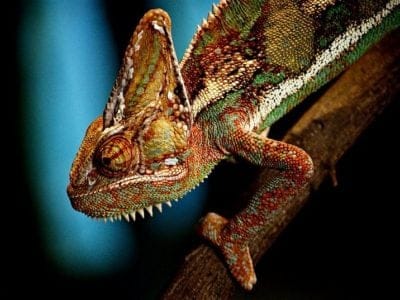
Chameleon
There are more than 160 different species!
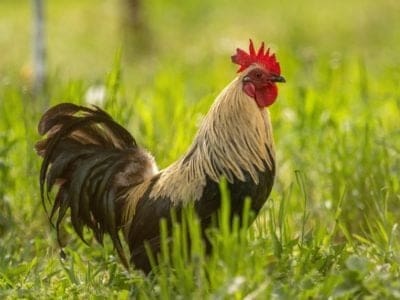
Chicken
First domesticated more than 10,000 years ago!
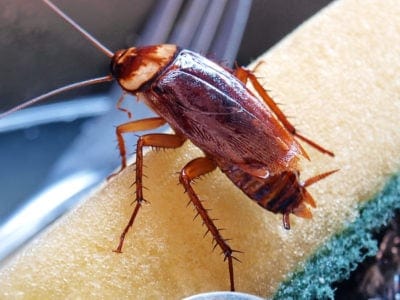
Cockroach
Dated to be around 300 million years old!
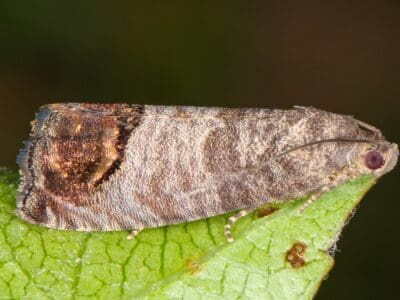
Codling Moth
Pupae are able to undergo diapause to survive poor fruit yield years and winter.
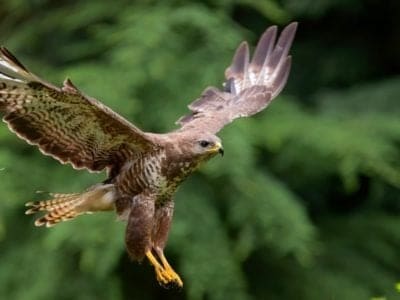
Common Buzzard
The most common raptor in the UK!
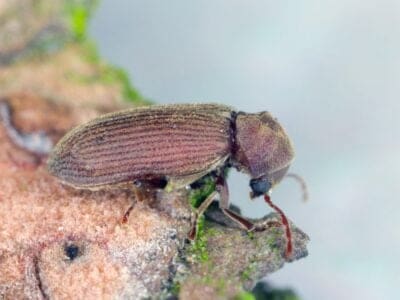
Common Furniture Beetle
The common furniture beetle feeds exclusively on wood
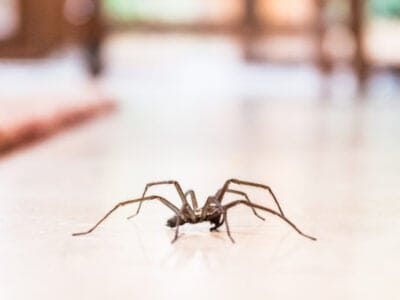
Common House Spider
House spiders have the ability to eat most insects in a home.
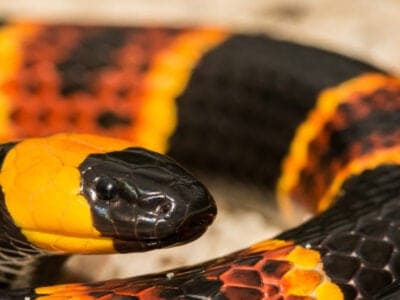
Coral Snake
There are over 80 species of coral snake worldwide.
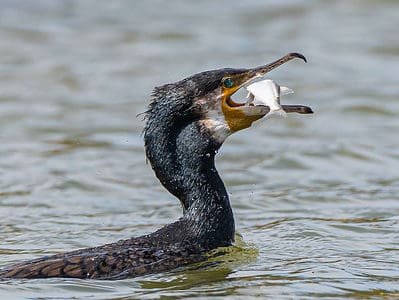
Cormorant
They can fly 35 mph and dive 150 feet below water.
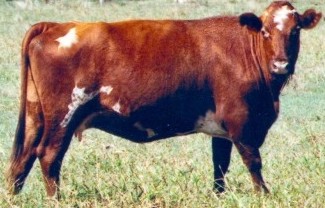
Cow
There are nearly 1.5 billion worldwide!

Crab
There are 93 different crab groups
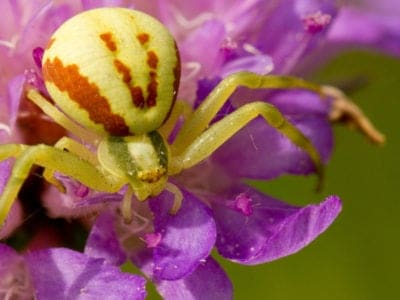
Crab Spider
Crab Spiders can mimic ants or bird droppings
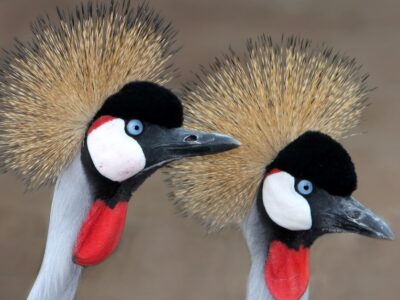
Crane
Many are critically endangered species!
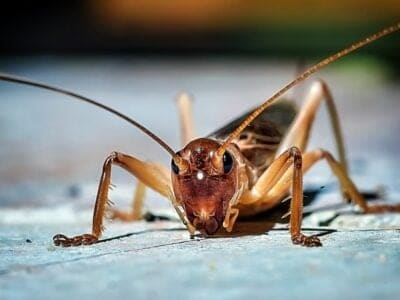
Cricket
Male crickets can produce sounds by rubbing their wings together
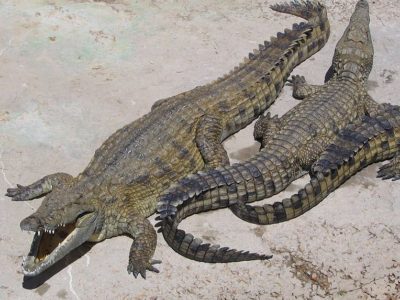
Crocodile
Have changed little in 200 million years!
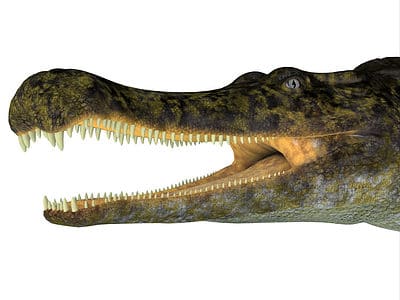
Crocodylomorph
Crocodylomorphs include extinct ancient species as well as 26 living species today.
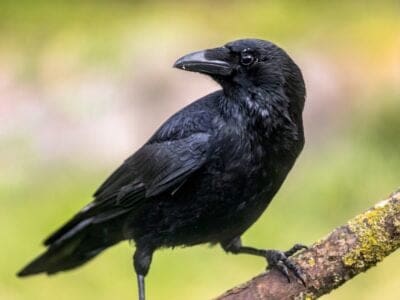
Crow
A group of these birds is called a Murder.
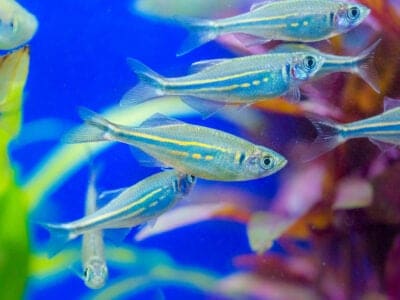
Danios
These fish make a popular choice for aquarium hobbyists due to their hardy nature.
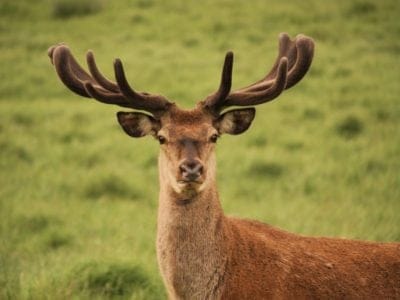
Deer
There are around 40 different species!

Dog
First domesticated in South-East Asia!
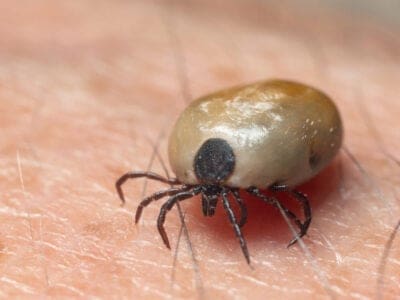
Dog Tick
Dog ticks feed on dogs and other mammals
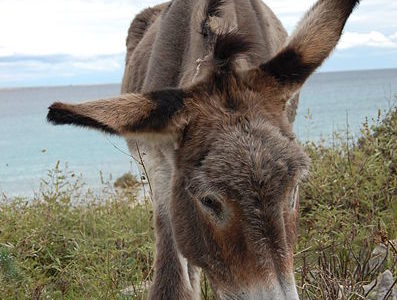
Donkey
First domesticated 5,000 years ago!
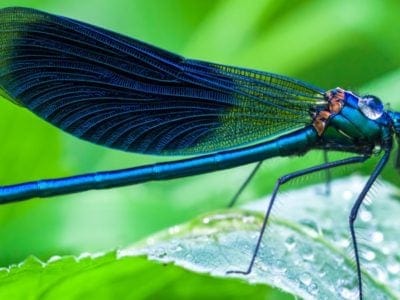
Dragonfly
It's larvae are carnivorous!
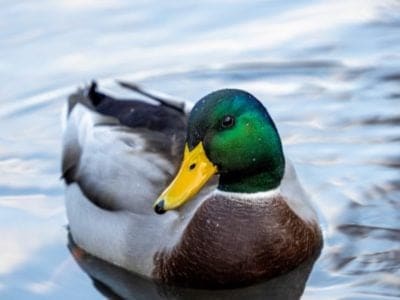
Duck
Rows of tiny plates line their teeth!
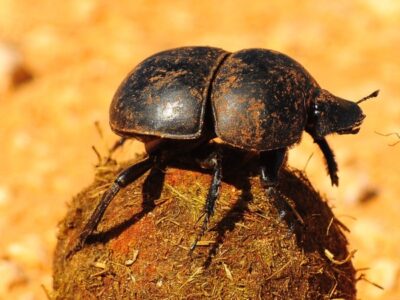
Dung Beetle
The dung beetle can push objects many times its own weight
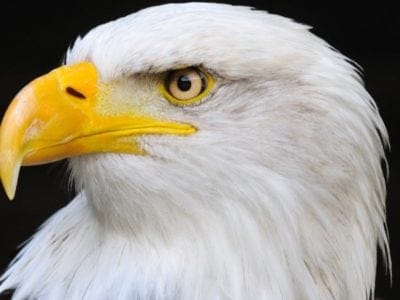
Eagle
Has exceptional eyesight!
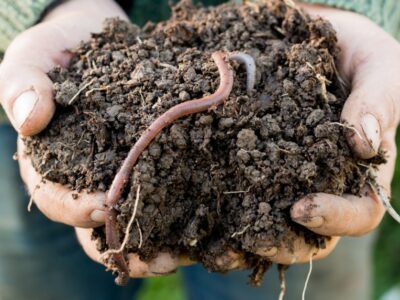
Earthworm
They are hermaphrodites, which means they have male and female organs
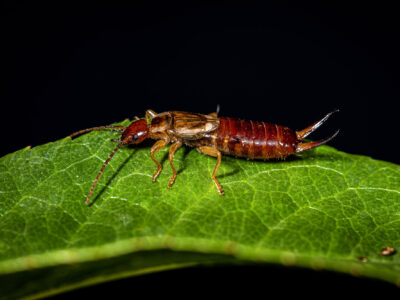
Earwig
There are nearly 2,000 different species!

Eel
Eels can be a mere few inches long to 13 feet!
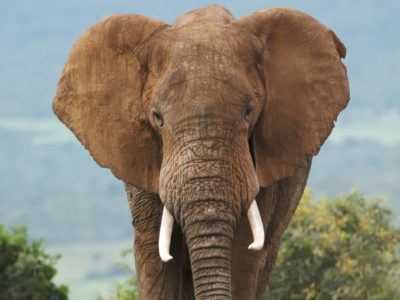
Elephant
Spends around 22 hours a day eating!
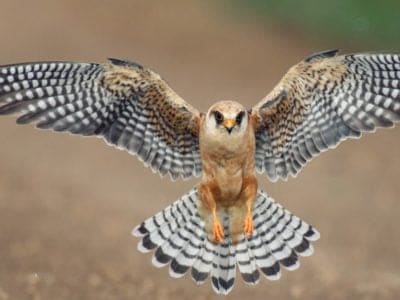
Falcon
The fastest creatures on the planet!
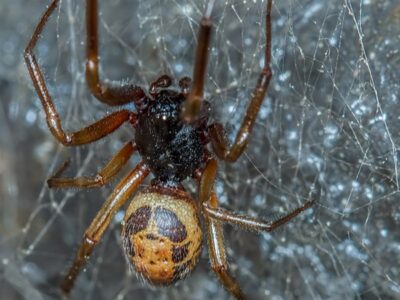
False Widow Spider
False spiders actually prey on black widow spiders and other hazardous spiders
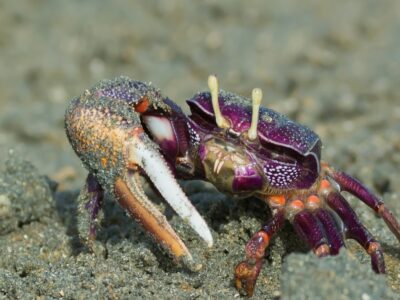
Fiddler Crab
The fiddler crab gets its name from the motion the males make with their over-sized claw during the mating ritual.
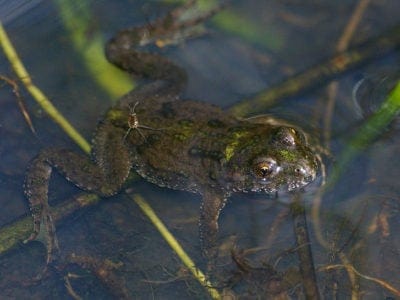
Fire-Bellied Toad
Found across mainland Europe and Asia!
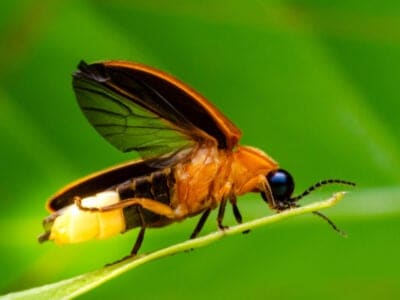
Firefly
The firefly produces some of the most efficient light in the world
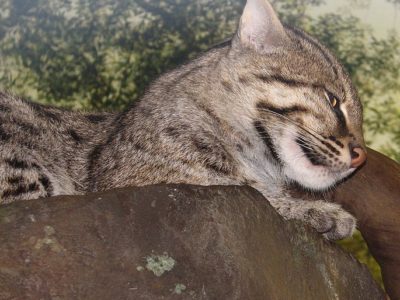
Fishing Cat
Scoops fish out of the water using it's paw!

Flea
Adult fleas can jump up to 7 inches in the air

Fly
There are more than 240,000 different species!
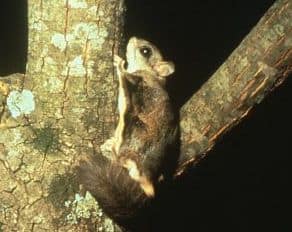
Flying Squirrel
Can glide up to 90 meters!
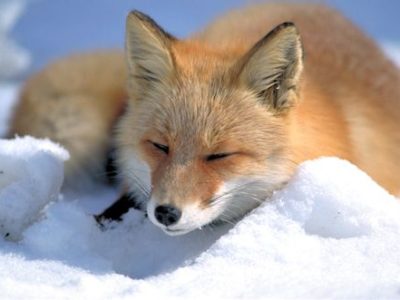
Fox
Only 12 species are considered "true foxes"
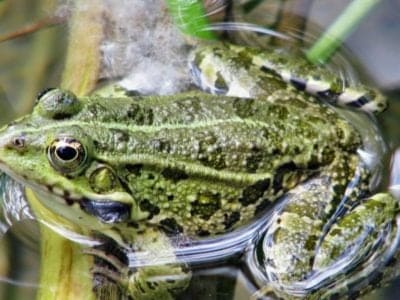
Frog
There are around 7,000 different species!
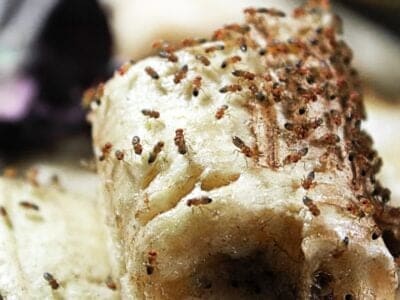
Fruit Fly
Fruit flies are among the most common research animals in the world
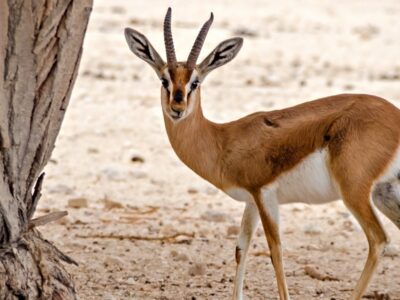
Gazelle
Named for the Arabic word for love poems
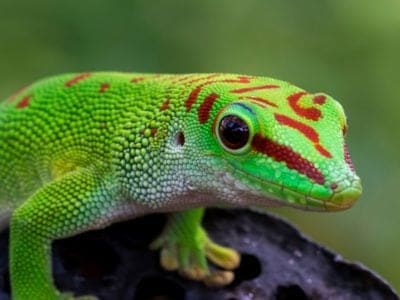
Gecko
There are thought to be over 2,000 species!
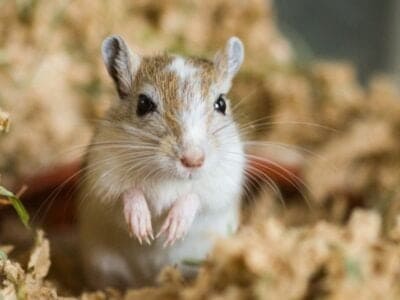
Gerbil
Originally known as the Desert Rat!
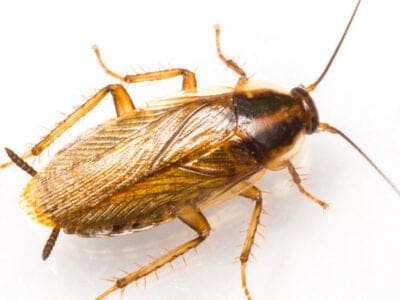
German Cockroach
The most common type of urban roach
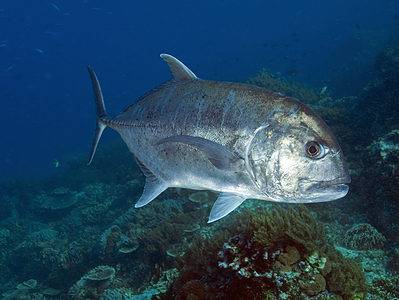
Giant Trevally
The largest fish in its genus
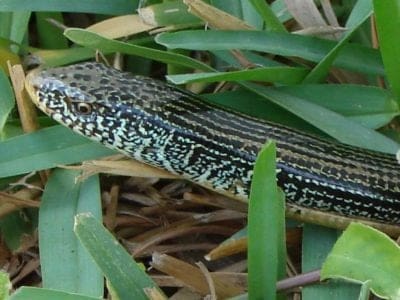
Glass Lizard
Can grow up to 4ft long!
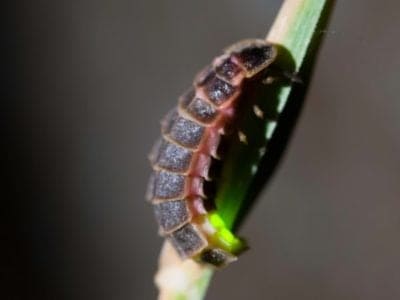
Glowworm
Found inhabiting dense woodland and caves!
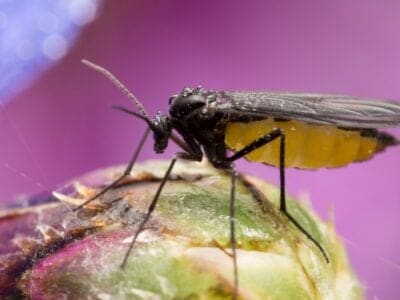
Gnat
Males form large mating swarms at dusk
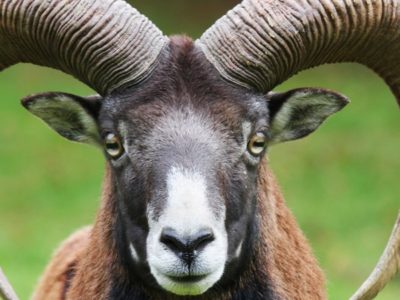
Goat
Most closely related to the Sheep!
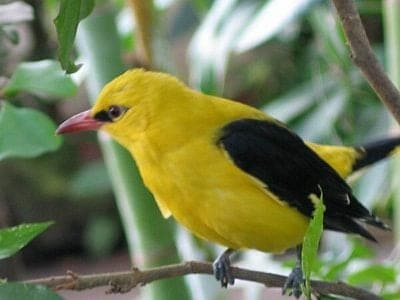
Golden Oriole
Migrates between Europe and Asia!
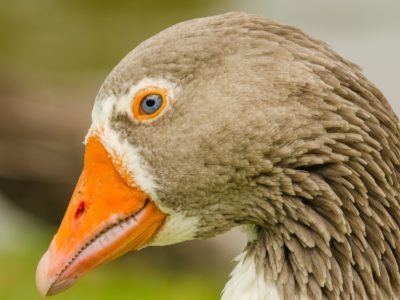
Goose
There are 29 different species!
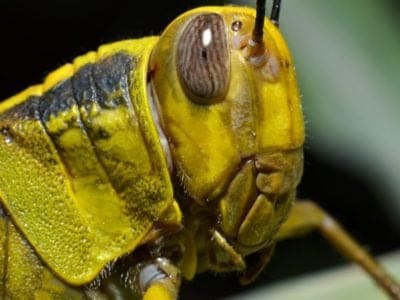
Grasshopper
There are 11,000 known species!
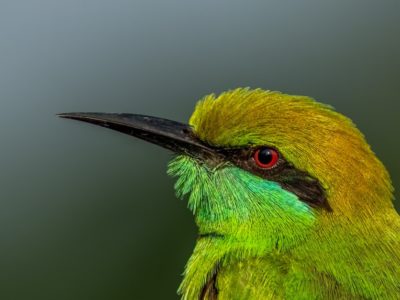
Green Bee-Eater
Mainly eats honeybees!
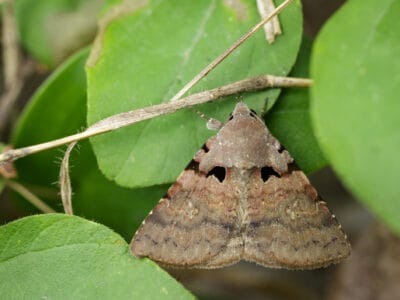
Gypsy Moth
One of the most invasive species in the world
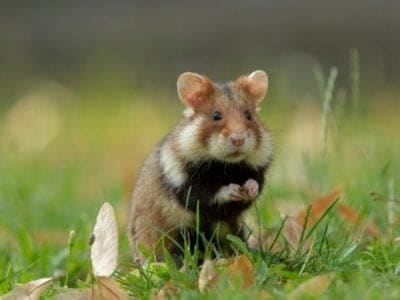
Hamster
Able to run as quickly backwards as forwards!
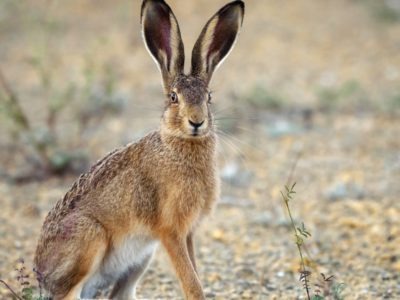
Hare
Can reach speeds of over 50 mph!
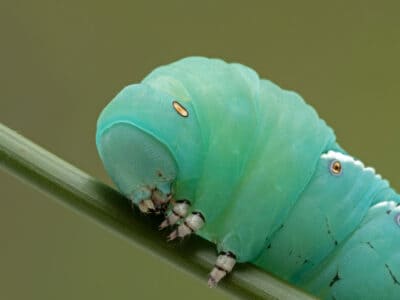
Hawk Moth Caterpillar
Many hawk moth caterpillars eat toxins from plants, but don’t sequester them the way milkweed butterflies do. Most toxins are excreted.
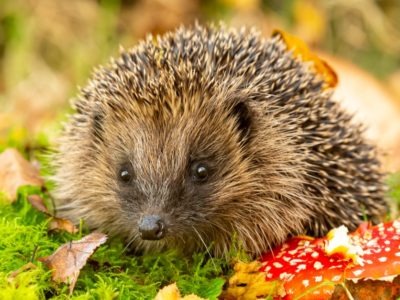
Hedgehog
Thought to be one of the oldest mammals on Earth!
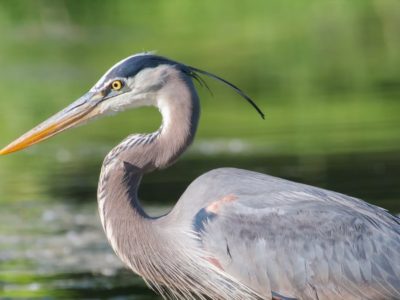
Heron
Inhabits wetlands around the world!
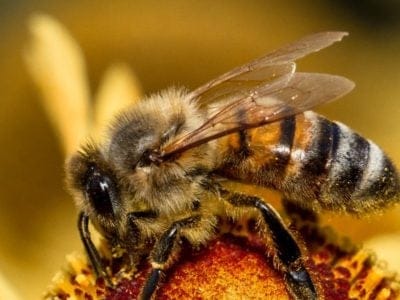
Honey Bee
There are only 8 recognized species!
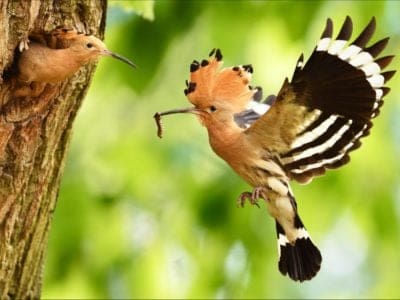
Hoopoe
Stunning bird with a stinky way to deter predators!

Horse
Has evolved over 50 million years!
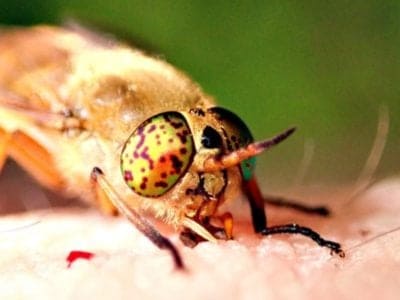
Horsefly
Horseflies have been seen performing Immelmann turns, much like fighter jets.
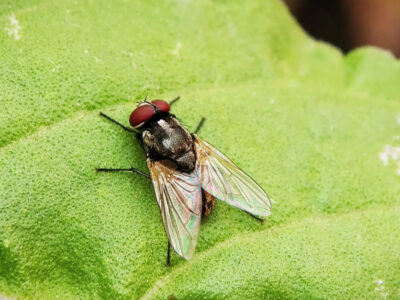
Housefly
The fly has no teeth

Human
Thought to have orignated 200,000 years ago!
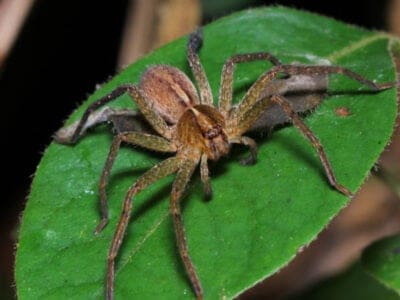
Huntsman Spider
Some huntsman spiders have an interesting way of moving around. Some cartwheel while others do handsprings or backflips.
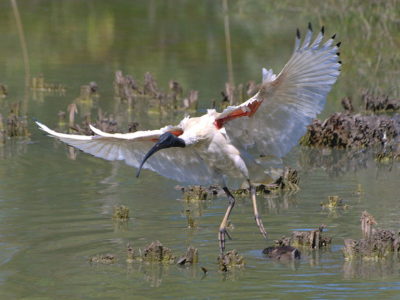
Ibis
Found in swamps, marshes and wetlands!
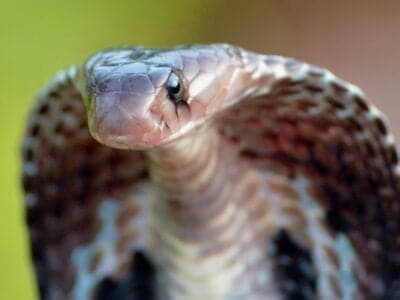
Indian Cobra
One of the Big Four.
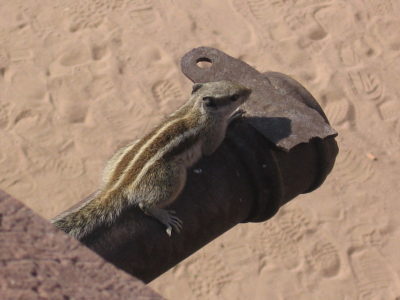
Indian Palm Squirrel
Natively found in parts of India and Sri Lanka!
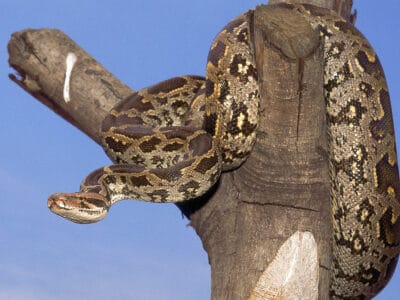
Indian python
Kaa from Rudyard Kipling's The Jungle Book was an Indian Python.
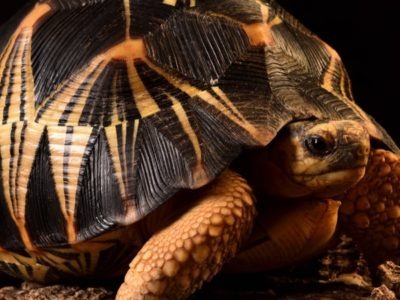
Indian Star Tortoise
Popular in the exotic pet trade!

Insects
There are an estimated 30 million species!
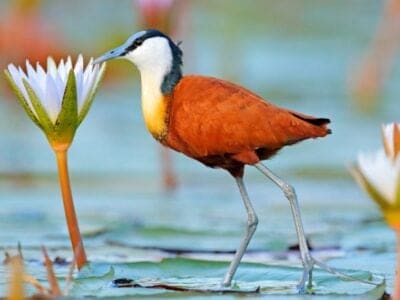
Jacana
The jacana has the ability to swim underwater
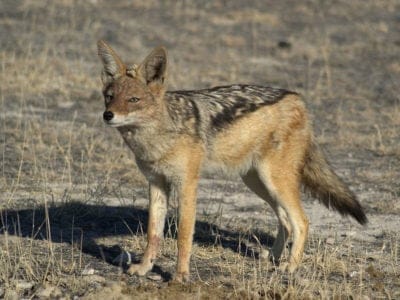
Jackal
Can maintain speeds of 16 km/h!
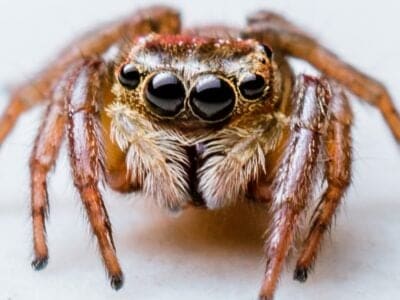
Jumping Spider
Some can jump 50 times the length of their bodies
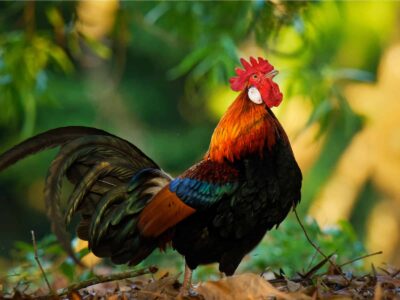
Junglefowl
The term "pecking order" comes from junglefowls' hierarchies among both sexes
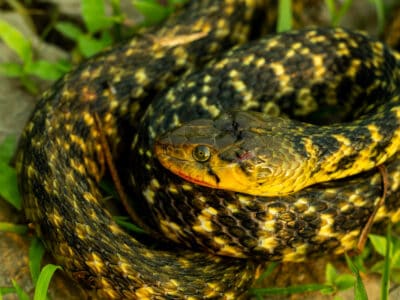
Keelback
The checkered keelback of the east Indies can detach its tail and grow it back, much like a lizard.
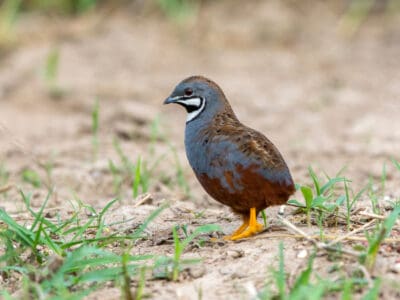
King Quail
Females look similar to males but don’t come in shades of blue
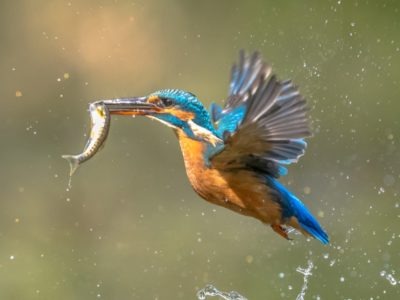
Kingfisher
Inhabits wetlands and woodlands worldwide!
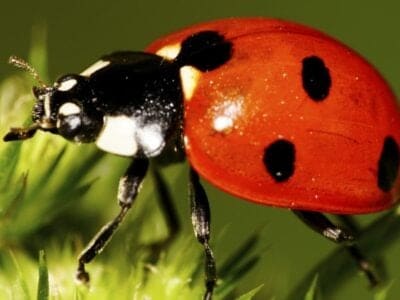
Ladybug
There are more than 5,000 species worldwide!
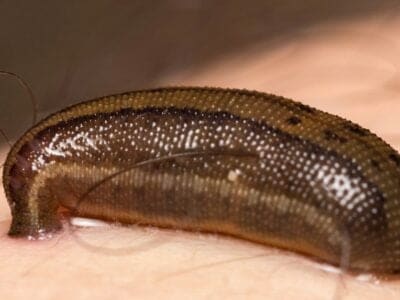
Leech
Has 10 pairs of eyes!

Liger
The offspring of a lion and tiger parents!
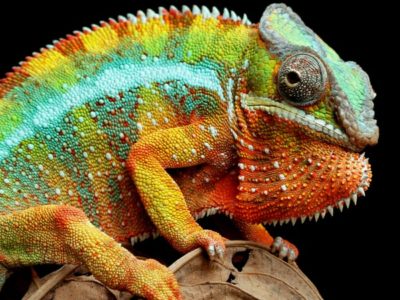
Lizard
There are around 5,000 different species!
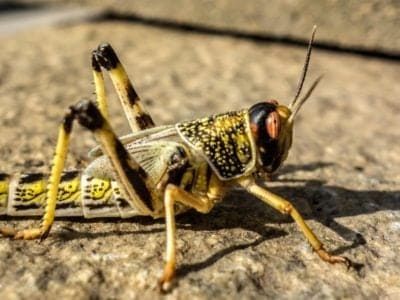
Locust
Each locust can eat its weight in plants each day.
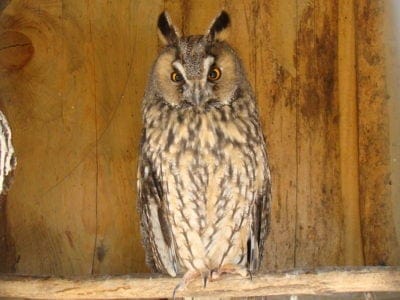
Long-Eared Owl
Ear tufts make it look bigger!
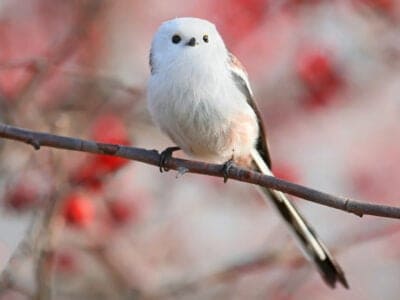
Long-Tailed Tit
Often hangs upside down while feeding!
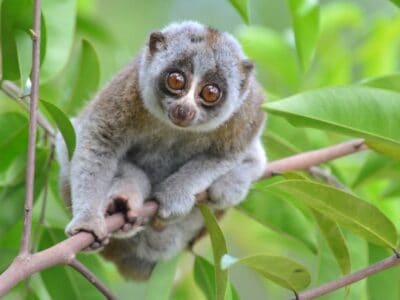
Loris
Like all lorises, slow loris has a cute wide-eyed look, but it also has a venomous sting that can rot human flesh.

Macaque
Macaque females will pass on their social rankings to their daughters
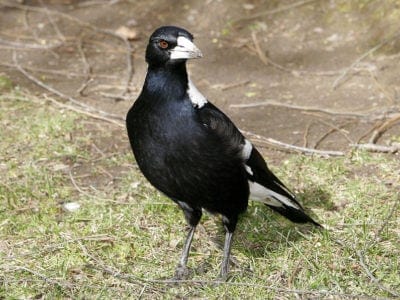
Magpie
They are found across Europe, Asia and Africa!
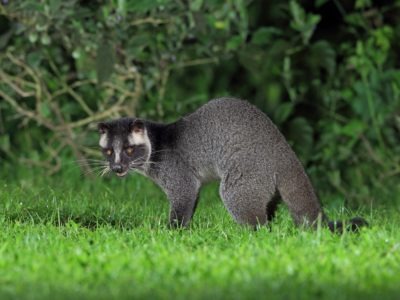
Masked Palm Civet
Found throughout Asia, India and China!
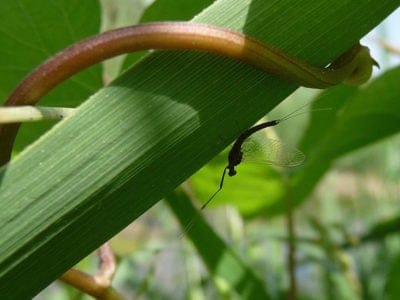
Mayfly
There are 2,500 known species worldwide!

Mealybug
They have a symbiotic relationship with ants.
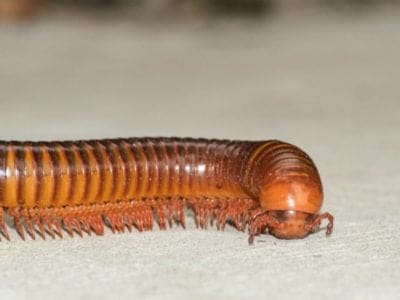
Millipede
Some species have a poisonous bite!
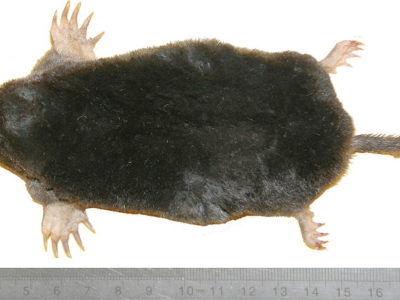
Mole
Primarily hunts and feeds on Earthworms!
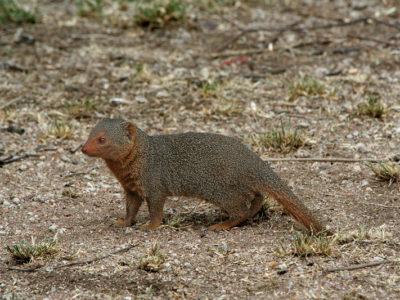
Mongoose
Range in size from just 1 to 3 foot!

Mongrel
Has characteristics of two or more breeds!
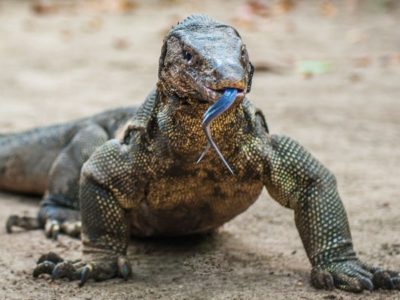
Monitor Lizard
Some species are thought to carry a weak venom!
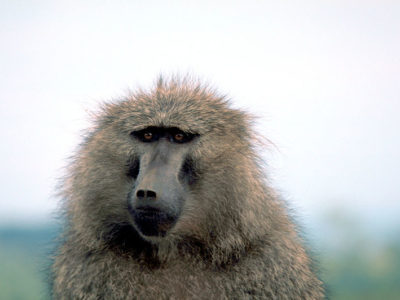
Monkey
There are around 260 known species!
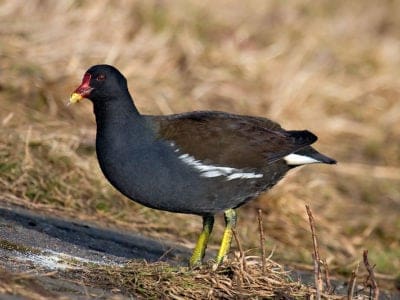
Moorhen
Feeds on aquatic insects and water-spiders!
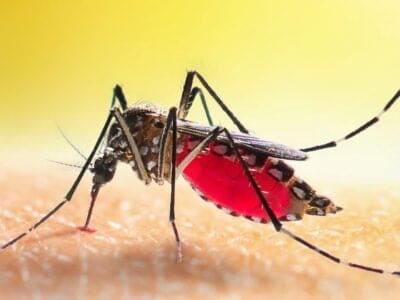
Mosquito
Only the female mosquito actually sucks blood
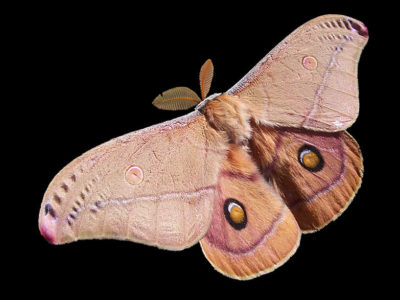
Moth
There are 250,000 different species!
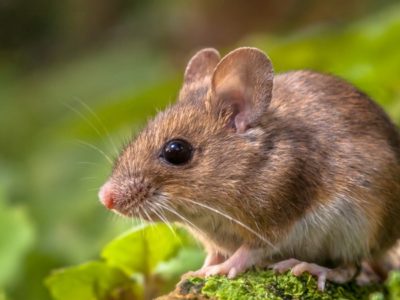
Mouse
Found on every continent on Earth!
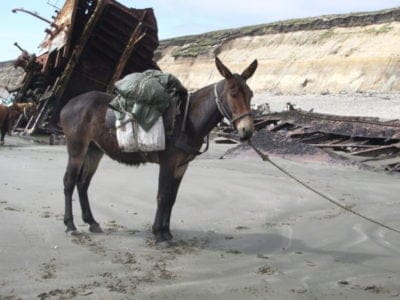
Mule
The offspring of a horse and donkey parents!
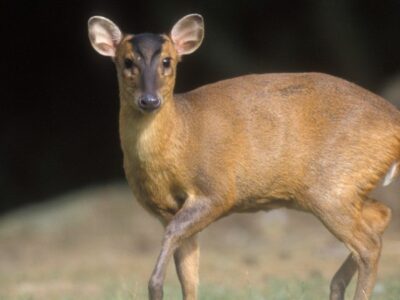
Muntjac
The muntjac is the smallest type of deer in the world

Neanderthal
Roamed Asia and Europe for around 100,000 years!

Nematode
Nematodes range in size from 1/10 of an inch to 28 feet long
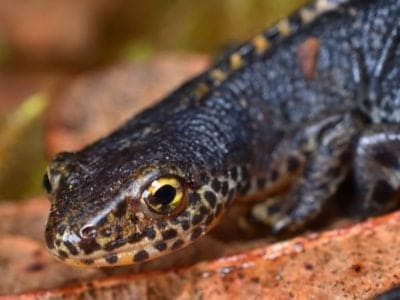
Newt
Able to regrow lost or damaged limbs!
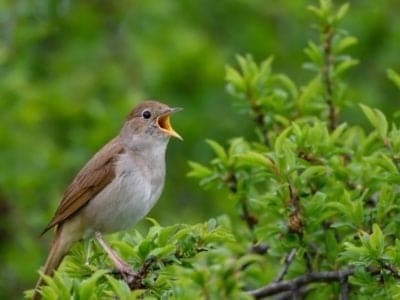
Nightingale
Named more than 1,000 years ago!
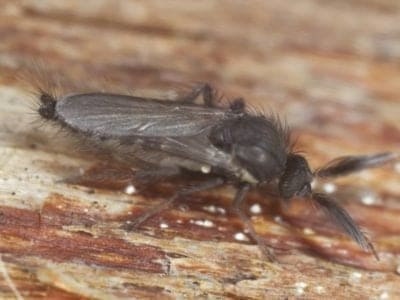
No See Ums
There are more than 5,000 species.
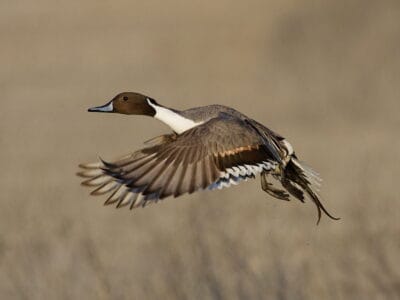
Northern Pintail
Northern pintails migrate at night with speeds reaching 48 miles per hour!

Orb Weaver
Females are about four times the size of males
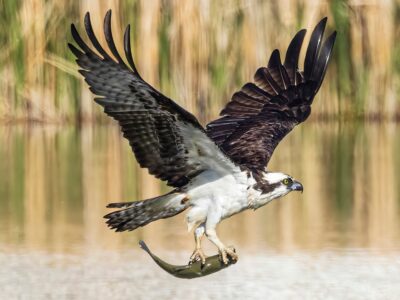
Osprey
They reuse nesting sites for 70 years!

Otter
There are 13 different species worldwide

Owl
The owl can rotate its head some 270 degrees
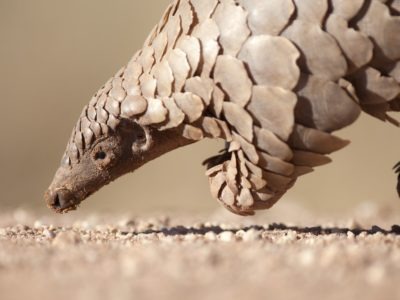
Pangolin
Bad eyesight, but great sense of smell
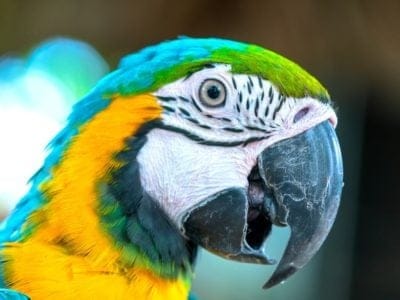
Parrot
Can live for up to 100 years!
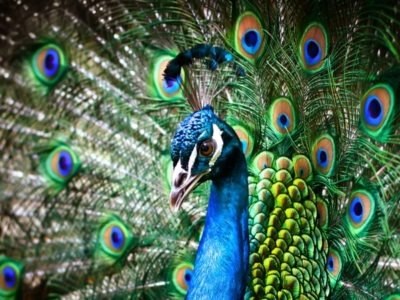
Peacock
Most commonly found on the Indian mainland!
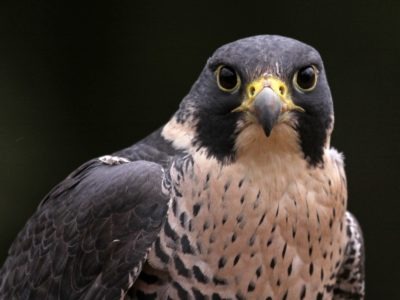
Peregrine Falcon
Fastest animal on Earth
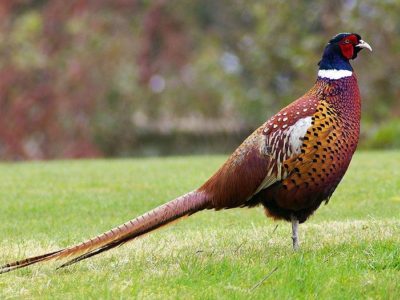
Pheasant
Females lay between 8 and 12 eggs per clutch!
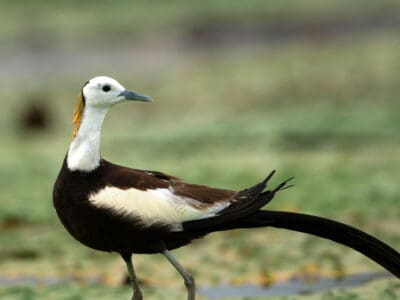
Pheasant-tailed Jacana
The pheasant-tailed jacana is the only species in its family that migrates long distances.
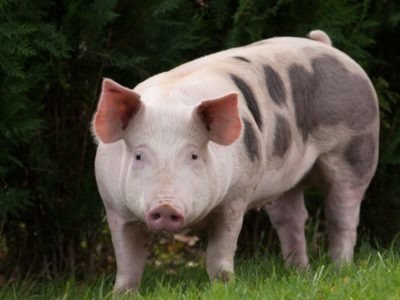
Pig
Thought to have been domesticated in 9,000 BC!
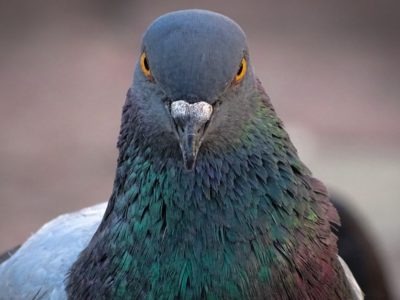
Pigeon
They can find their way back to their nests from up to 1300 miles away.
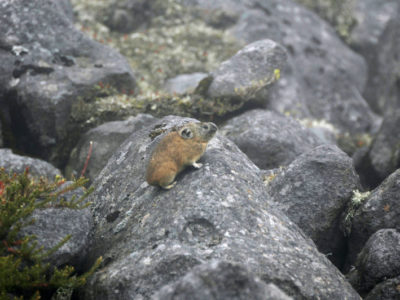
Pika
Found in mountainous regions and rocky areas
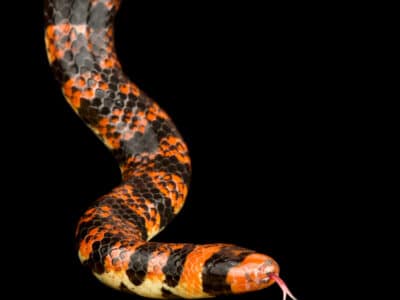
Pipe Snake
Some of these snakes flatten their neck and raise their heads to imitate cobras if they’re threatened.
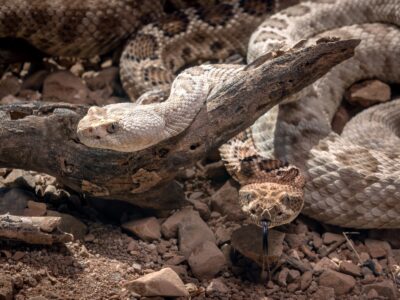
Pit Viper
Pit vipers's fangs fold up into their mouths when they don't need them.
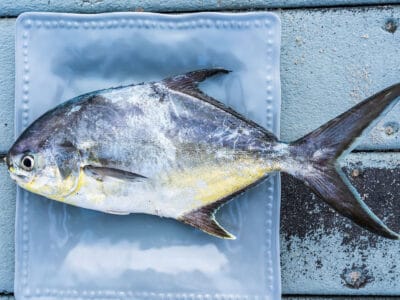
Pompano Fish
They are bottom-feeders
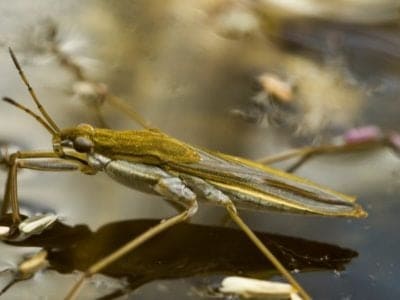
Pond Skater
There are 500 different species!
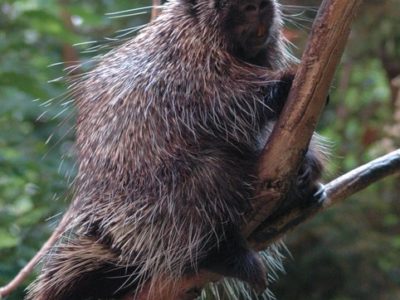
Porcupine
There are 30 different species worldwide!
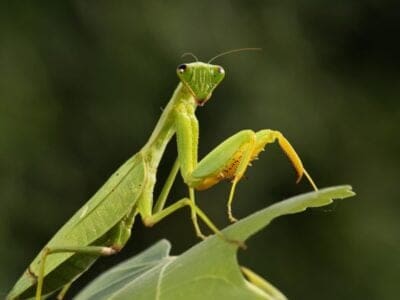
Praying Mantis
The mantis can turn its head 180 degrees.
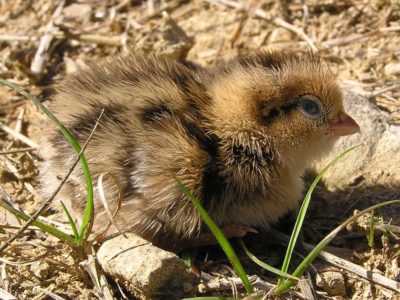
Quail
Inhabits woodland and forest areas worldwide!

Rabbit
There are more than 300 different species!
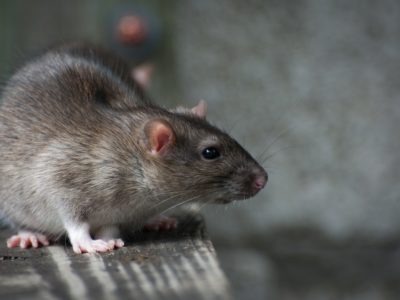
Rat
Omnivores that eat anything!
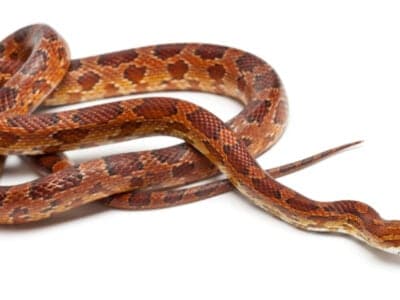
Rat Snakes
Rat snakes are constrictors from the Colubridae family of snakes.
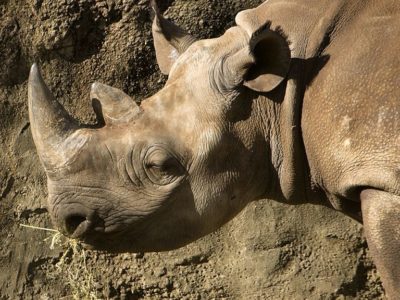
Rhinoceros
It's horns are made from keratin!
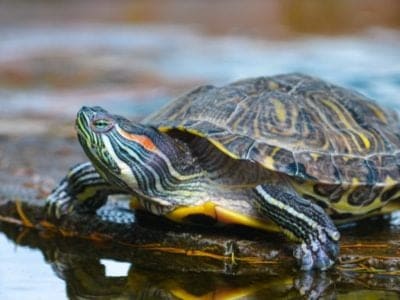
River Turtle
Inhabits freshwater habitats around the world!
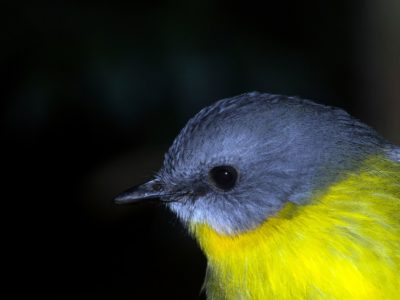
Robin
There are more than 45 species in Australia alone!
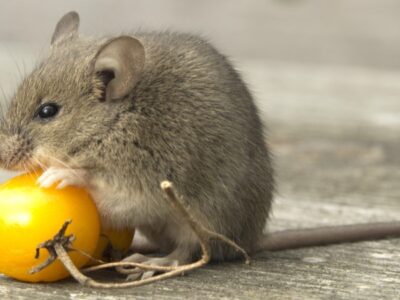
Rodents
The capybara, the world’s largest rodent, likes to be in and around bodies of water. Because of this, the Catholic Church in South America decided that it was a fish, and people were allowed to eat it during Lent and First Fridays.

Rooster
Will mate with the entire flock!
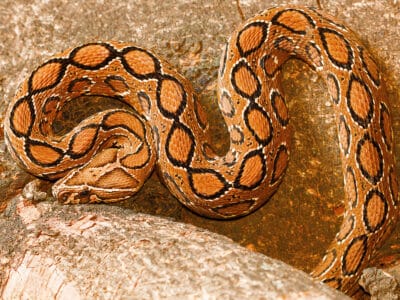
Russel’s Viper
A Russel's viper strike is so forceful it can lift its entire body off the ground.
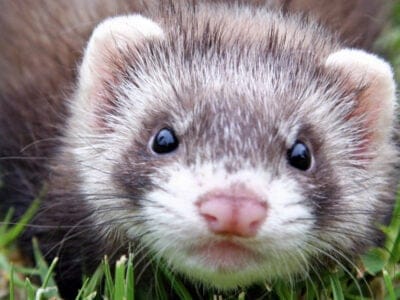
Sable Ferret
Ferrets were used during the Revolutionary War to keep down the rat population.
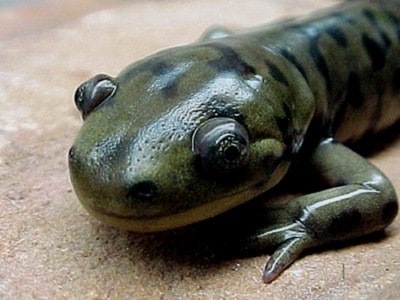
Salamander
There are more than 700 different species!
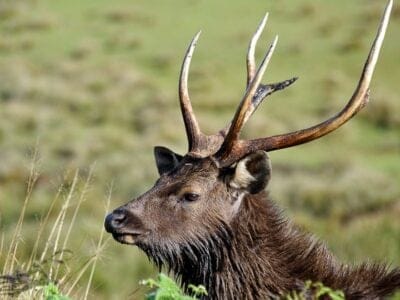
Sambar
Male sambars will compete for mates by clashing together with their antlers
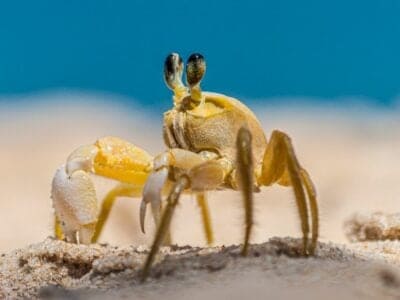
Sand Crab
The sand crab burrows beneath the sand with its tail
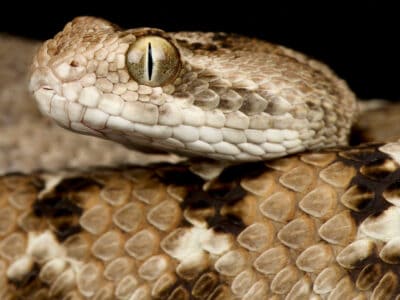
Saw-scaled Viper
This is the smallest venomous snake in India's Big Four.
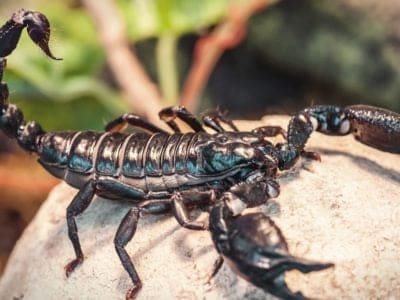
Scorpion
There are around 2,000 known species!
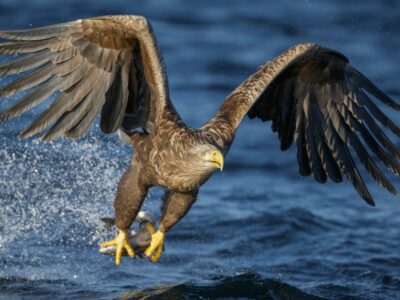
Sea Eagle
The sea eagle tends to mate for life with a single partner
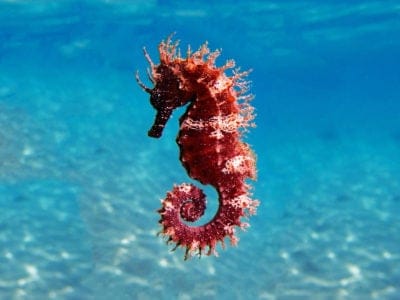
Seahorse
Males give birth to up to 1,000 offspring!
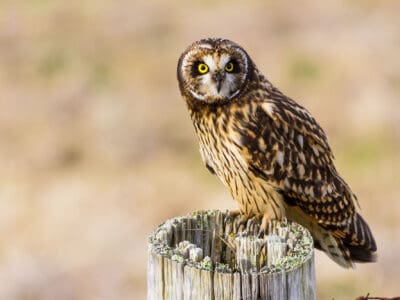
Short-Eared Owl
The short-eared owl is one of the most widespread owl species in the world, covering five continents.
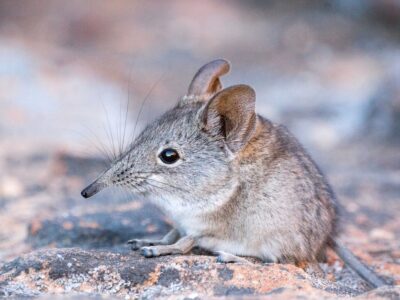
Shrew
The spinal column of the shrew Scutisorex somereni is so strong and reinforced that it can support the weight of an adult human.

Shrimp
There are 2,000 different species worldwide!
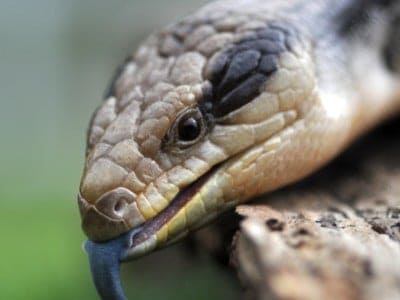
Skink Lizard
Some skinks lay eggs in some habitats while giving birth to skinklets in other habitats.
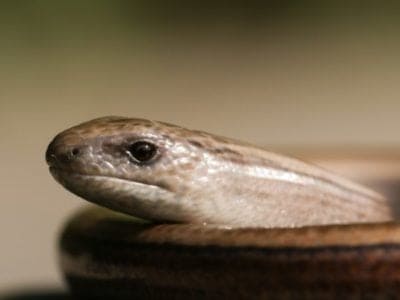
Slow Worm
Found widely throughout British gardens!
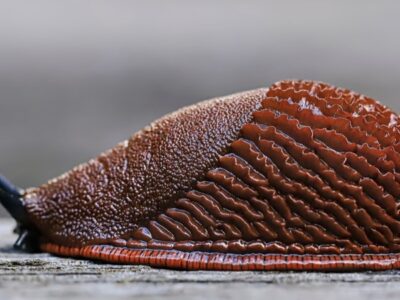
Slug
They glide around on one foot, which is aided by the slime they produce

Smokybrown Cockroach
Has up to 45 eggs per egg case

Snail
There are nearly 1,000 different species!
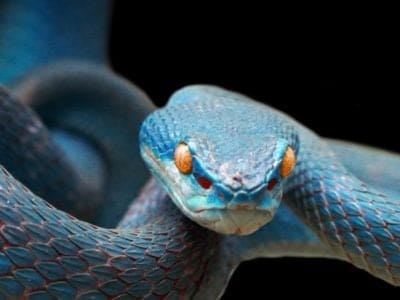
Snake
There are around 4,000 known species worldwide
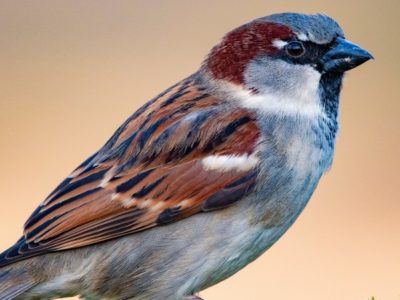
Sparrow
There are 140 different species!
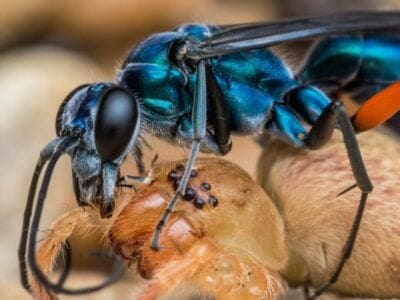
Spider Wasp
They prey on spiders to feed their larvae or they parasitize other spider wasps.
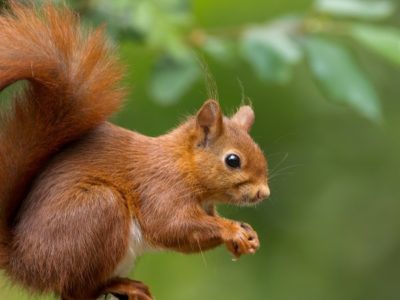
Squirrel
Small rodents found in woodlands worldwide!
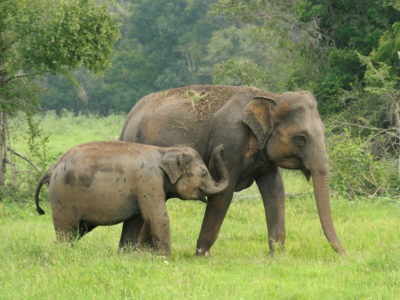
Sri Lankan Elephant
Now restricted to a few parks!
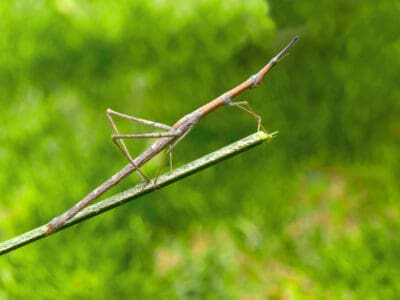
Stick Insect
There are more than 3,000 different species!
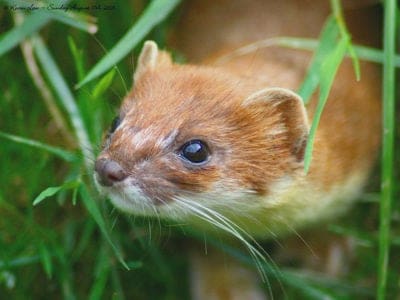
Stoat
Average adults weigh about 200 grams!
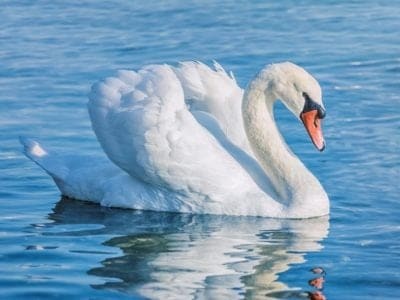
Swan
Populations have been affected by pollution!
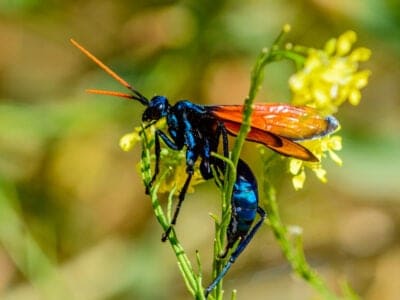
Tarantula Hawk
Tarantula hawks are excellent pollinators, especially for milkweed.

Termite
Their mounds can be up to 9 meters tall!
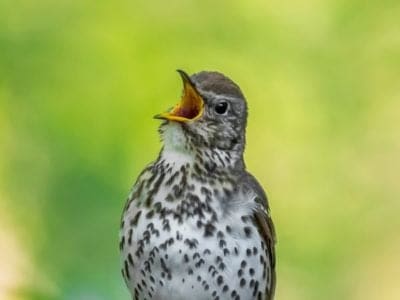
Thrush
The American robin is called the robin because its red breast reminded European settlers of the robin back in the old country.
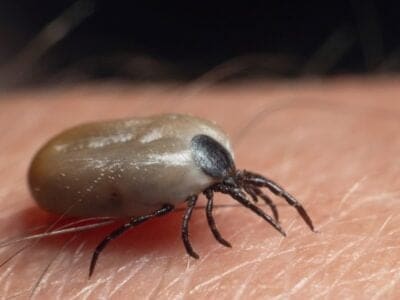
Tick
They inject hosts with a chemical that stops them from feeling the pain of the bite
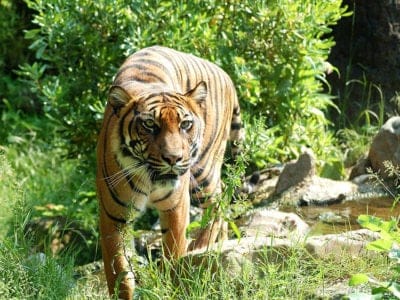
Tiger
The largest feline in the world!
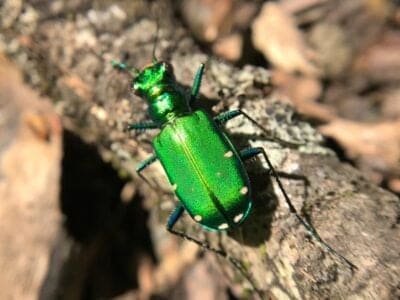
Tiger Beetle
The adult tiger beetle is one of the fastest land insects in the world
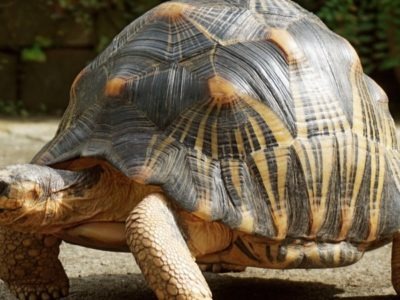
Tortoise
Can live until they are more than 150 years old!
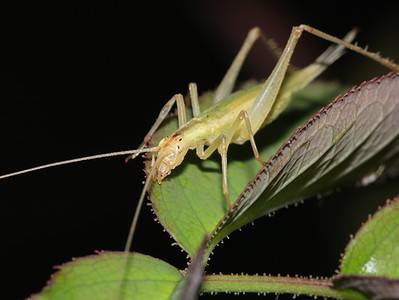
Tree Cricket
They make music with their wings
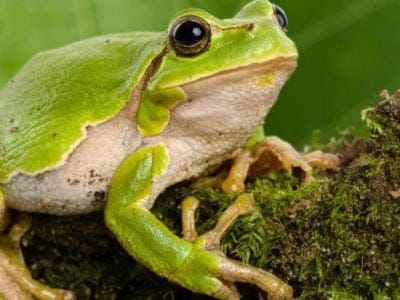
Tree Frog
Found in warmer jungles and forests!
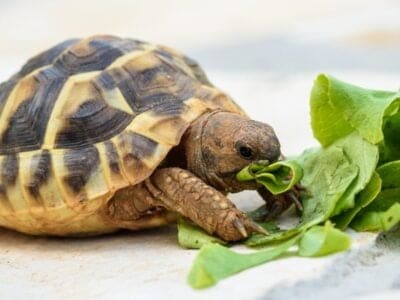
Turtles
Some species of aquatic turtles can get up to 70 percent of their oxygen through their butt.
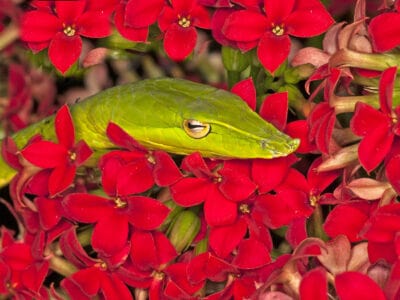
Vine Snake
A slender body and elongated snout give the vine snake a regal look.
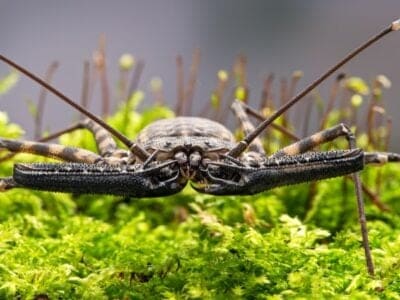
Vinegaroon
Vinegaroons can spray 19 times before the glands are depleted
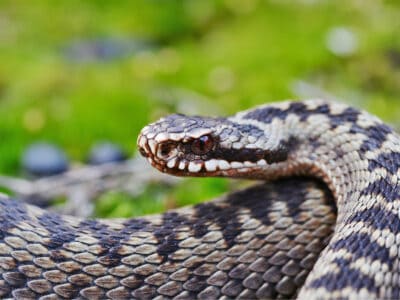
Viper
Vipers are one of the most widespread groups of snakes and inhabit most
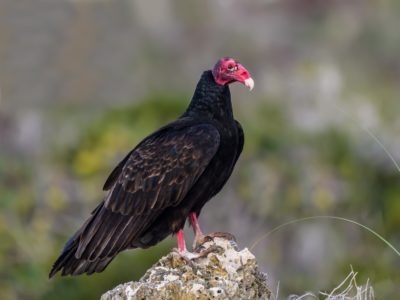
Vulture
There are 30 different species worldwide!
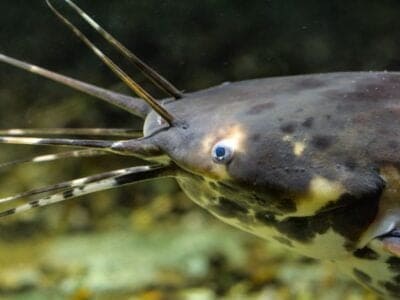
Walking Catfish
The walking catfish can move on land while breathing air
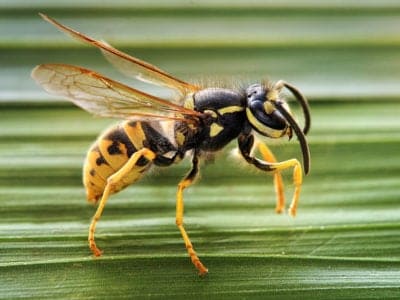
Wasp
There are around 75,000 recognised species!
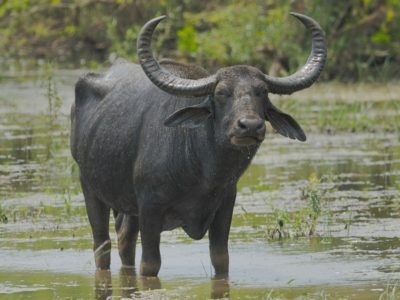
Water Buffalo
Has been domesticated for thousands of years!
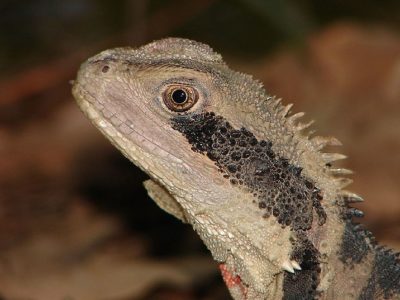
Water Dragon
Spends most of it's time in the trees!
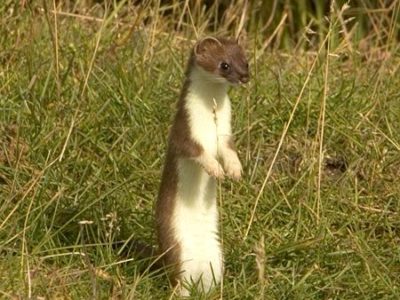
Weasel
The smallest carnivorous mammal in the world!

White Ferret / Albino Ferrets
There are two different types of white ferrets!
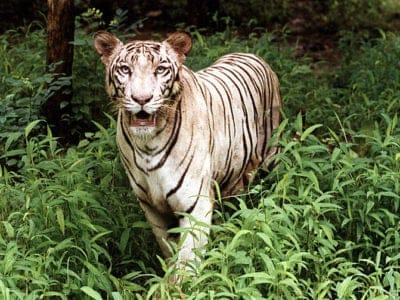
White Tiger
None have been seen in the wild for 50 years!
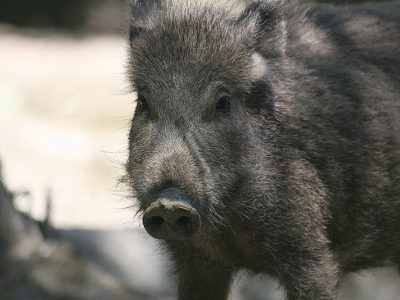
Wild Boar
Males have a top tusk to sharpen the bottom one!
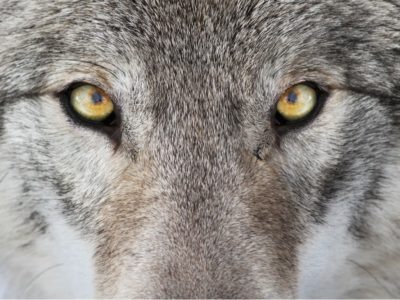
Wolf
Thought to date back more than 300,000 years!
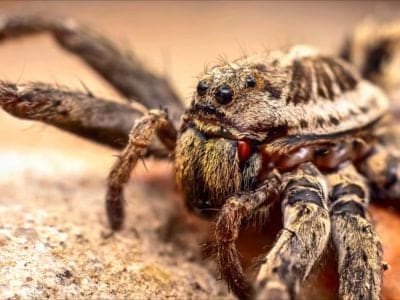
Wolf Spider
Carnivorous arachnid that hunts its prey.
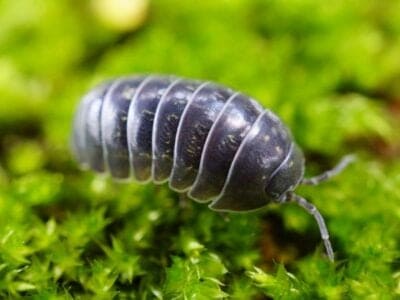
Woodlouse
This animal can roll up into a ball
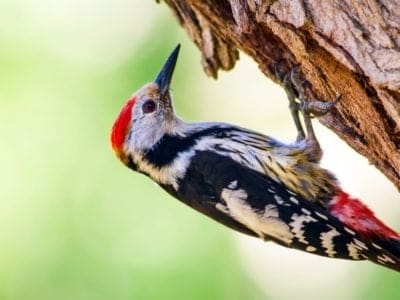
Woodpecker
There are 200 different species!
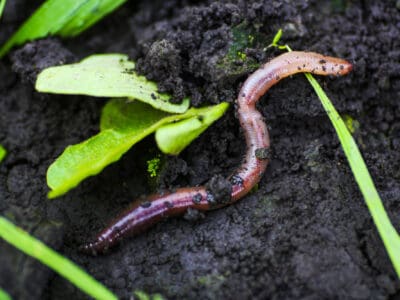
Worm
Doesn’t have eyes.
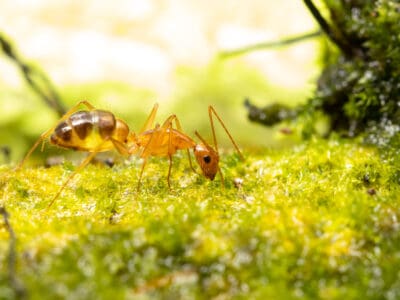
Yellow Crazy Ant
One of the top 100 worst invasive species!
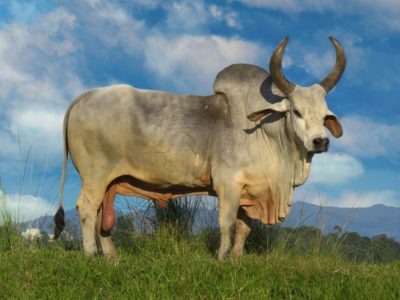
Zebu
There are around 75 different species!
Sri Lankan Animals List
- Admiral Butterfly
- Ant
- Antelope
- Armyworm
- Asian Elephant
- Asian Giant Hornet
- Asian Palm Civet
- Aurochs
- Banana Spider
- Barb
- Barn Owl
- Barn Swallow
- Bat
- Bear
- Bed Bugs
- Bee
- Beetle
- Bird
- Biscuit Beetle
- Black Widow Spider
- Blind Snake
- Brahminy Blindsnake
- Brazilian Treehopper
- Brown Dog Tick
- Bumblebee
- Butterfly
- Caecilian
- Camel Cricket
- Carpenter Ant
- Carpet Viper
- Cat
- Caterpillar
- Catfish
- Centipede
- Chameleon
- Chicken
- Cockroach
- Codling Moth
- Common Buzzard
- Common Furniture Beetle
- Common House Spider
- Coral Snake
- Cormorant
- Cow
- Crab
- Crab Spider
- Crane
- Cricket
- Crocodile
- Crocodylomorph
- Crow
- Cuckoo
- Danios
- Deer
- Dog
- Dog Tick
- Donkey
- Dormouse
- Dragonfly
- Duck
- Dung Beetle
- Eagle
- Earthworm
- Earwig
- Eel
- Elephant
- Falcon
- False Widow Spider
- Fiddler Crab
- Fire-Bellied Toad
- Firefly
- Fishing Cat
- Flea
- Fly
- Flying Squirrel
- Fox
- Frog
- Fruit Fly
- Gazelle
- Gecko
- Gerbil
- German Cockroach
- Giant Trevally
- Glass Lizard
- Glowworm
- Gnat
- Goat
- Golden Oriole
- Goose
- Grasshopper
- Green Bee-Eater
- Gypsy Moth
- Hamster
- Hare
- Hawk Moth Caterpillar
- Hedgehog
- Heron
- Honey Bee
- Hoopoe
- Horse
- Horsefly
- Housefly
- Human
- Huntsman Spider
- Ibis
- Indian Cobra
- Indian Palm Squirrel
- Indian python
- Indian Star Tortoise
- Insects
- Jacana
- Jackal
- Jumping Spider
- Junglefowl
- Keelback
- King Quail
- Kingfisher
- Ladybug
- Leech
- Liger
- Lizard
- Locust
- Long-Eared Owl
- Long-Tailed Tit
- Loris
- Macaque
- Magpie
- Masked Palm Civet
- Mayfly
- Mealybug
- Millipede
- Mole
- Mongoose
- Mongrel
- Monitor Lizard
- Monkey
- Moorhen
- Mosquito
- Moth
- Mourning Gecko
- Mouse
- Mule
- Muntjac
- Neanderthal
- Nematode
- Newt
- Nightingale
- No See Ums
- Northern Pintail
- Orb Weaver
- Osprey
- Otter
- Owl
- Ox
- Pangolin
- Parrot
- Peacock
- Peregrine Falcon
- Pheasant
- Pheasant-tailed Jacana
- Pig
- Pigeon
- Pika
- Pipe Snake
- Pit Viper
- Pompano Fish
- Pond Skater
- Porcupine
- Praying Mantis
- Quail
- Rabbit
- Rat
- Rat Snakes
- Rhinoceros
- River Turtle
- Robin
- Rodents
- Rooster
- Russel’s Viper
- Sable Ferret
- Salamander
- Sambar
- Sand Crab
- Saw-scaled Viper
- Scorpion
- Sea Eagle
- Seahorse
- Short-Eared Owl
- Shrew
- Shrimp
- Skink Lizard
- Slow Worm
- Slug
- Smokybrown Cockroach
- Snail
- Snake
- Sparrow
- Spider Wasp
- Squirrel
- Sri Lankan Elephant
- Stick Insect
- Stoat
- Swallowtail Butterfly
- Swan
- Tarantula Hawk
- Termite
- Thrush
- Tick
- Tiger
- Tiger Beetle
- Tortoise
- Tree Cricket
- Tree Frog
- Turtles
- Vine Snake
- Vinegaroon
- Viper
- Vulture
- Walking Catfish
- Wasp
- Water Buffalo
- Water Dragon
- Weasel
- White Ferret / Albino Ferrets
- White Tiger
- Wild Boar
- Wolf
- Wolf Spider
- Woodlouse
- Woodpecker
- Worm
- Yellow Crazy Ant
- Zebu
Animals in Sri Lanka FAQs (Frequently Asked Questions)
Are there tigers in Sri Lanka?
While there are over 120 mammal species in Sri Lanka, not of them are tigers.
How many leopards are among dangerous animals in Sri Lanka?
The leopard faces a global threat among extinct animals in Sri Lanka. As of January 2020, there were no more than 1,000 leopards remaining in Sri Lanka.



